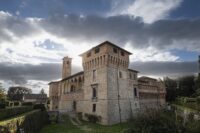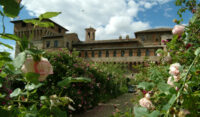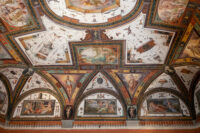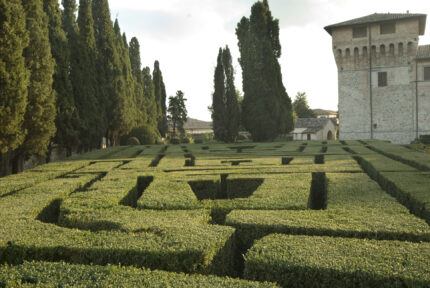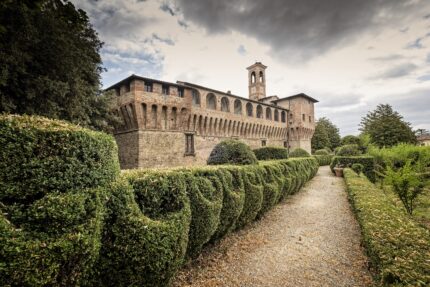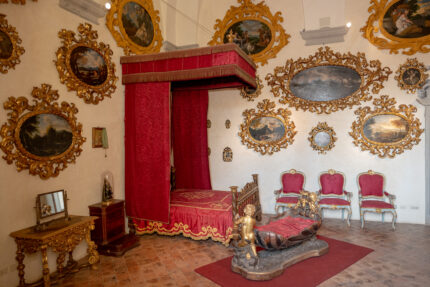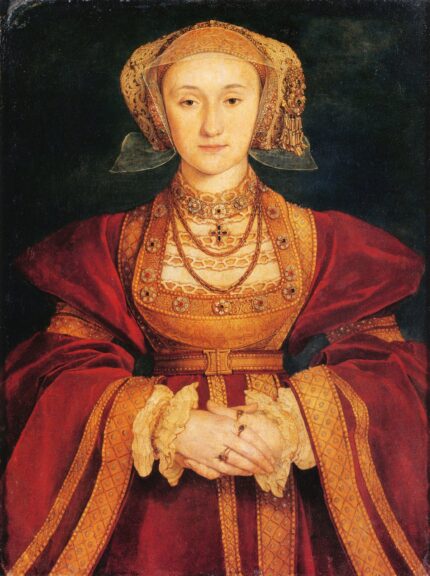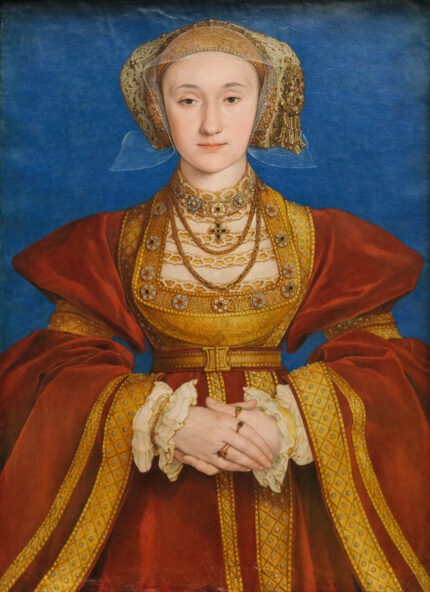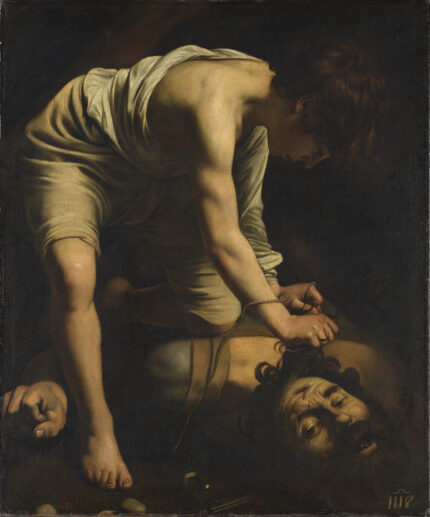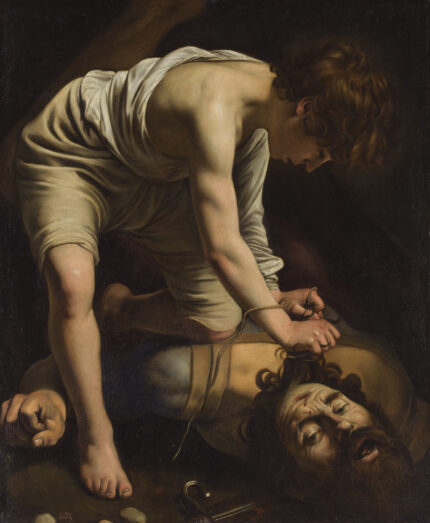A worn and damaged painting in the stores of the Correr Museum in Venice has been restored and identified as a work by the Renaissance master Andrea Mantegna. Madonna and Child, St. John and Six Saints has gone on display for the first time in centuries at the Villa Contarini in Mantegna’s hometown of Piazzola sul Brenta. The exhibition runs until October 27th.
The painting on panel depicts the Madonna and Child with the infant John the Baptist and six female saints. It dates to the end of the 15th century and was bequeathed to Venice by Teodoro Correr, abbot, art collector and scion of one of the city’s oldest patrician families, after his death in 1830. Fearing that his brother would sell off his beloved collection before he was cold in the ground, Teodoro wrote a will in January, just a month before he died, stipulating that his collection be kept intact, that it be named the Correr Collection, that it be open to the public and that it become a public institution under the protection of the city. This bequest created the first civic museum in Venice.
The small work, part of the original collection amassed by Teodoro Correr, was rediscovered last December by the museum’s curator who recognized the exceptional pictorial and compositional quality of the underlying work despite its dire condition. It had been neglected in storage for years. The colors were severely faded, there was paint loss on one hand and bad overpainting on the other. The painting needed extensive restoration before it could even be accurately evaluated, never mind attributed.
Conservators from the Fondazione Musei Civici di Venezia took on the project, utilizing X-ray and reflectographic analysis to examine the underdrawing. Meticulous cleaning and repairs revealed the chiaroscuro contrasts of light and dark and accents in pure gold paint. The fine execution and lavish materials marked it as the work of the master.
 The newly-revealed painting was the twin of a painting that is now in the Isabella Stewart Gardner Museum in Boston. Conservators compared imaging results of the two works and found the outlines of the underdrawings were identical. They were created by a single cartoon (the composition drawn on cardboard/paper then perforated at guide points so it could be transferred easily onto a panel or canvas or other surface). The two paintings were likely created around the same time by the same workshop. The are only small differences in the details and colors. The Correr version is also unfinished, but just barely. It was a hair’s breadth from completion when the artist stopped. They were both probably commissioned by the same person, perhaps a noblewoman from the Gonzaga family, rulers of Mantua and patrons of Mantegna.
The newly-revealed painting was the twin of a painting that is now in the Isabella Stewart Gardner Museum in Boston. Conservators compared imaging results of the two works and found the outlines of the underdrawings were identical. They were created by a single cartoon (the composition drawn on cardboard/paper then perforated at guide points so it could be transferred easily onto a panel or canvas or other surface). The two paintings were likely created around the same time by the same workshop. The are only small differences in the details and colors. The Correr version is also unfinished, but just barely. It was a hair’s breadth from completion when the artist stopped. They were both probably commissioned by the same person, perhaps a noblewoman from the Gonzaga family, rulers of Mantua and patrons of Mantegna.





